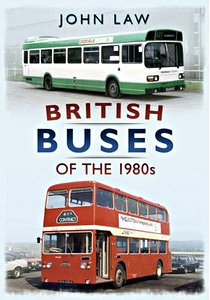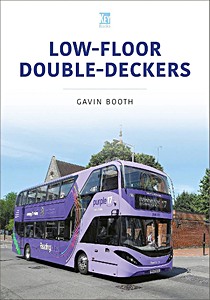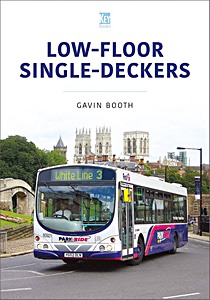British Buses and Coaches in the Late 1970s
The provincial bus operations of Britain underwent great upheavals following legislation enacted in 1969. An expanded state-owned sector had merged the Tilling and BET groups to form the National Bus Company. The great corporation fleets of the Midlands and North had been combined with their smaller municipal neighbours to form the Passenger Transport Executives.
Elsewhere, municipal bus operations endured, ranging in size from Edinburgh Corporation to Bedwas & Machen Urban District Council, with its fleet of three vehicles. North of the border the Scottish Bus Group provided state-owned services, and Greater Glasgow had its PTE. London Transport retained, for the time being, its own arrangements and unique mode of operation.
In a selection of photographs taken between 1975 and 1980, author Stephen Dowle examines an interesting transitionary period, when much still remained of the 'old days' but developments were afoot that, in the mid-1980s, were to bring further convulsions to road passenger transport.
Product details
| Author: | Stephen Dowle |
|---|---|
| Details: | 96 pages, 9.25 x 6.5 x 0.35 in (23.5 x 16.5 x 0.9 cm), paperback |
| Illustrations: | 180 b&w and color photos |
| Publisher: | Amberley Publishing (GB, 2018) |
| ISBN: | 9781445681351 |

British Buses and Coaches in the Late 1970s
Language: English
Available on Amazon - safe payment and fast delivery
Buy on Amazon.comBuy on Amazon UK
Buy on Amazon CA




